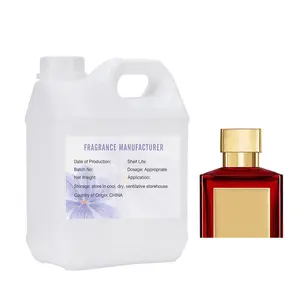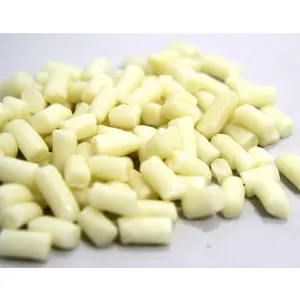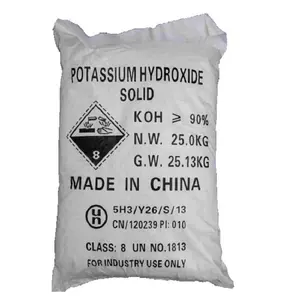Popular in your industry







































































Related Searches:












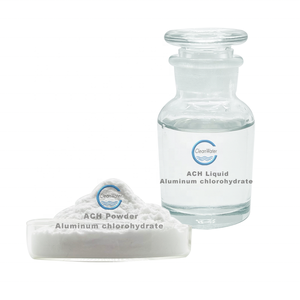
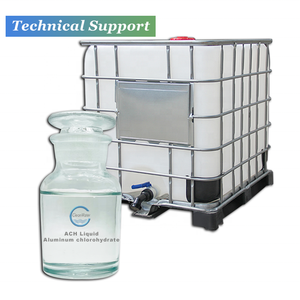

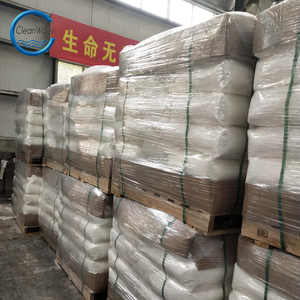








































































































































Top categories
About aluminum zirconium tetrachlorohydrex gly
Understanding Aluminum Zirconium Tetrachlorohydrex Gly
Aluminum zirconium tetrachlorohydrex gly is a synthesized inorganic compound widely utilized in various industries. This compound is known for its effective application in antiperspirant products, particularly aluminum zirconium tetrachlorohydrex gly deodorant, due to its ability to obstruct perspiration.
Composition and Variants
The compound is a complex formed from aluminum, zirconium, and chloride. It exists in several forms, including aluminum zirconium trichlorohydrex gly and aluminum zirconium pentachlorohydrex, each variant having specific uses based on its molecular structure. The presence of glycine in aluminum zirconium trichlorohydrex glycine enhances its antiperspirant properties.
Applications in Personal Care
In personal care, the efficacy of aluminum zirconium tetrachlorohydrex gly 20 is notable, particularly in formulations designed to reduce underarm wetness. Its safety and effectiveness make it a preferred active ingredient in non-prescription antiperspirant products.
Industrial Uses
Beyond personal care, the compound's variants, such as aluminium zirconium octachlorohydrex gly and aluminum zirconium octachlorohydrex, find applications in industrial processes. These include catalysts in polymerization and as additives in manufacturing sectors.
Material Characteristics
The material properties of aluminium zirconium tetrachlorohydrex and its counterparts, like aluminium zirconium tetrachlorohydrex gly, are notable for their stability and efficacy. These compounds are often preferred for their resistance to water and salts, making them durable in various formulations.
Environmental and Safety Aspects
Safety profiles of compounds such as tetrachlorohydrex gly are well-documented, ensuring that they are used within safe concentration limits. Environmental impact is minimized when these compounds are handled and disposed of in accordance with regulatory guidelines.
